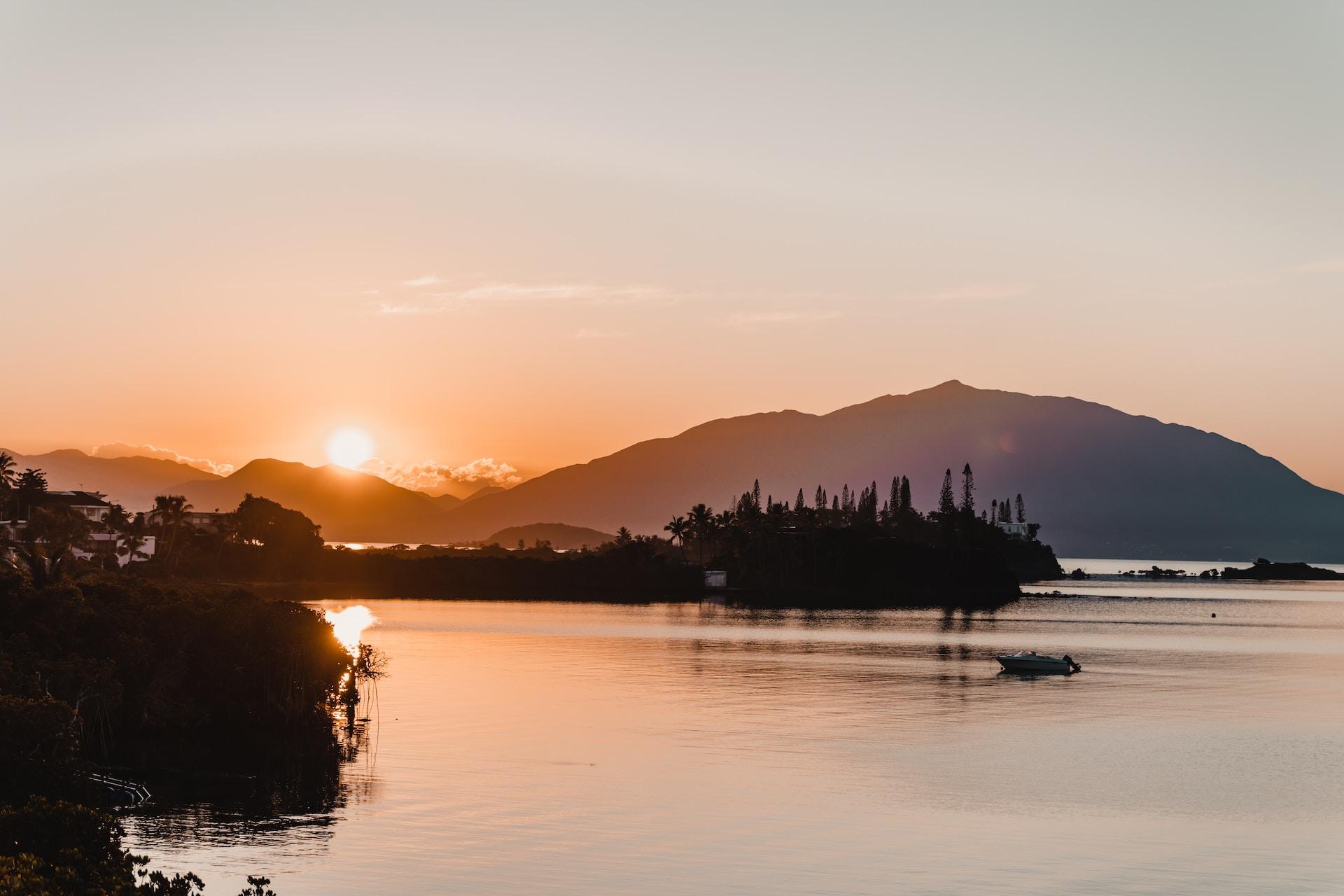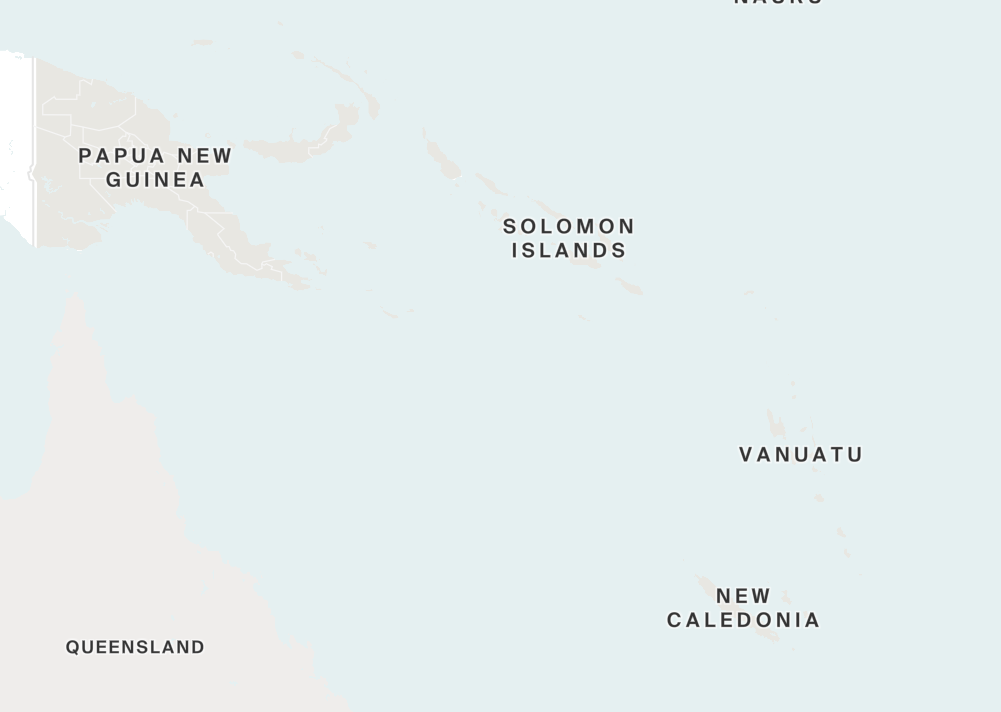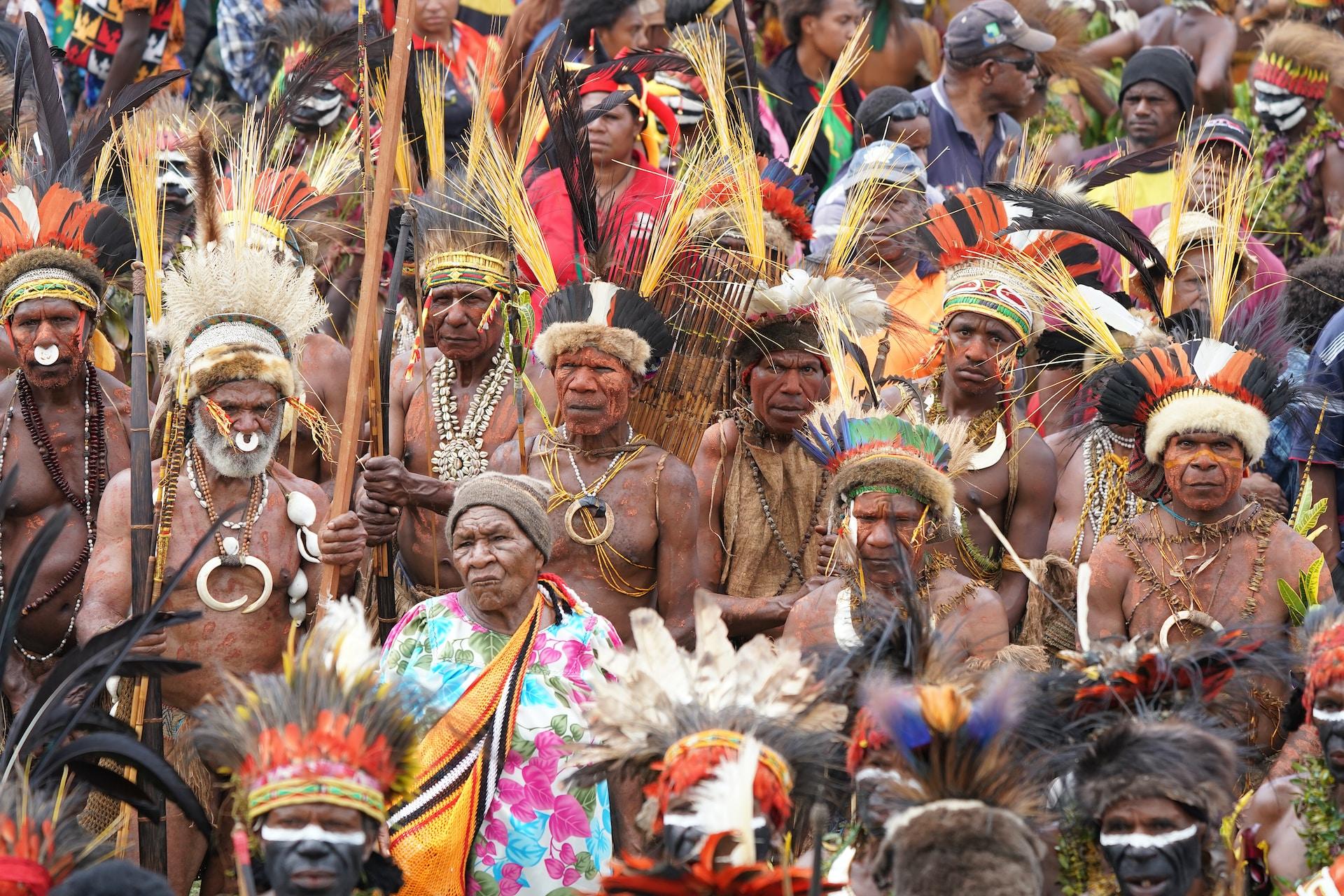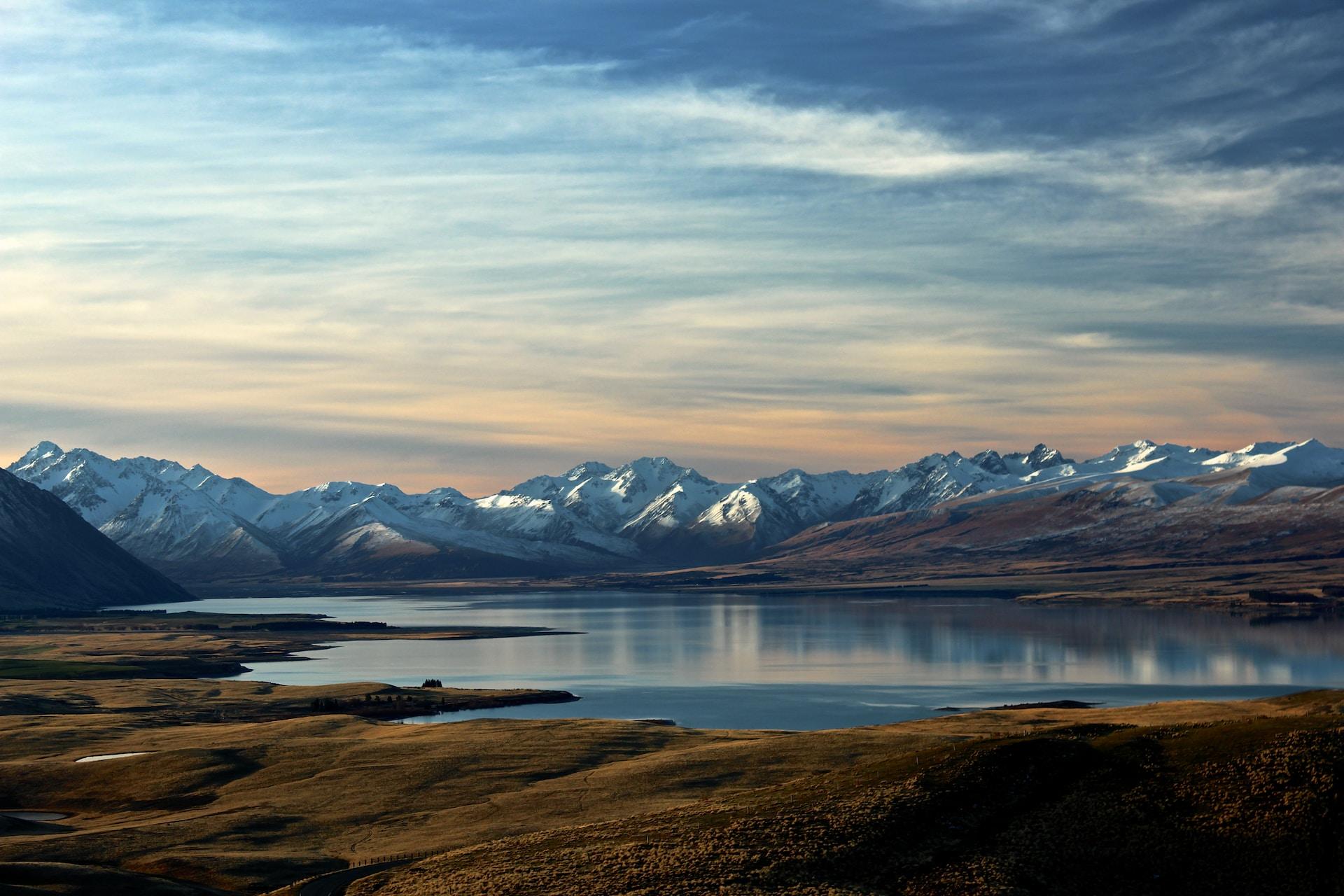What is Melanesia DNA Ethnicity on Ancestry?
The results of our AncestryDNA tests may sometimes be what we expect or on occasion may be a big surprise. Either way, often we need a little more information regarding some of the regions that arise in our ethnicity estimates.

One region that is not at all uncommon is the Melanesia DNA region. Those who still live in this region already understand all about its history and culture. There are others, however, who may never have even visited or in fact been aware that they have ancestors from that area.
In this post we will go into more detail with regards to the history, geography and culture of the Melanesia region. We will also discuss what it means to be from this region and how easy or difficult it might be to trace our roots in the Melanesia Region.
What Is the Melanesia DNA Region?
The Melanesia DNA region is located in the South Pacific and focuses on the islands of New Caledonia, a territory of France, Papua New Guinea, Solomon Islands, and the Republic of Vanuatu. These islands sit west of Fiji and to the east of mainland Australia.

Melanesia Region History
Early Hominids
Southern Dispersal Theory suggests that between 50,000 – 100,000 years ago hominids from Africa migrated along the southern edge of Asia, some reaching as far east of the ancient continent of Sahul. This ancient continent was mainly comprised of the nations we know today as Australia and New Guinea who were at the time connected by a land bridge which has since been swallowed up by the sea.
The first migration into Sahu dates back roughly 40,000 years and would establish the aboriginal peoples of New Guinea and Australia.
Austronesians
Thousands of years later around 4,000 – 3,000 BC waves of Austronesian migrants, who originated from settled groups in Taiwan, arrived in Melanesia. They would settle mostly along the north coast of New Guinea and among the islands to its north and east. They would encounter the much more ancient indigenous Papuan-speaking peoples.
Lapita Culture
The main island chains involved in the genetic Melanesia region are New Caledonia and Vanuatu, both of which were likely first inhabited between 1,600 – 1,100 BC. The same culture would settle these islands and they were known as the Lapita.
They were a Neolithic Austronesian peoples who settled the island regions of Melanesia via seaborne migration. They may have originated from the Philippines but prior to that they would have come from Taiwan.

These Austronesian peoples likely intermarried with Papuans to various degrees which may have led to the native peoples of Polynesia, Micronesia and of course Melanesia.
New Caledonia
In New Caledonia the Lapita lived as skilled navigators and agriculturalists. Their early settlements were of a coastal nature and date back to between 1,100 – 200 BC. The island was spotted in 1774 during Captain James Cook's second voyage and was dubbed New Caledonia because the north of the island reminded him of Scotland.
Over the next century the island saw sporadic contact with Europeans and Americans through various trades including whaling. After 1840 a new threat faced the island known as “blackbirding.” This was essentially a euphemism for capturing Melanesian islanders from New Caledonia and other islands in the region to be sold into slavery on the sugarcane plantations of Fiji and Queensland Australia.
It was mainly French and Australian traders who did this and they would primarily kidnap children but would also coerce islanders onto ships and would later develop a system of indentured servitude.
In 1853 under the orders of emperor Napoleon III the island was taken under formal possession of France. There would be a small migration to the region from France but in 1897 some 22,000 criminals and political prisoners were transported to New Caledonia.
Vanuatu
The same peoples who settled New Caledonia are likely connected to those who traveled further east to Vanuatu. A more geologically volatile region, evidence of the earliest settlements have likely been destroyed by volcanic activity.
In Vanuatu the Lapita culture seems to have lost much of its early unity. It became increasingly fragmented, and there is no clear reason that can be determined for this. Over the centuries it became an isolated population who traded very infrequently with its neighbors. This also means that their societal development was largely localized.
Some limited long-distance trade did occur, which is evidenced by cultural practices and late-period items being found in Fiji, New Caledonia, the Bismarcks and the Solomons Islands. Objects found in Vanuatu also indicate either trade or small scale settlement from Polynesia.
It is thought that the Lapita may have mixed with, or acted as pioneers for, migrants who came from the Bismarcks and elsewhere in Melanesia. This theory stands due to darker-skinned physiognomy found in modern day indigenous Vanuatu peoples.
Vanuatu also suffered from French and Australian traders capturing locals for slave trade and indentured servitude which would serve to spread their DNA at least on a small scale beyond the islands during the mid-nineteenth century.
How Did You Get Melanesia Region DNA?
If you already know that you had family who came from Melanesia or any of the bordering states then you know why you have Melanesia region DNA. If this result came as a surprise you may not know how exactly you came by DNA from this region.

If you have a sizable percentage of DNA from this region then it is likely you have an ancestor who was born in or close to the country of Melanesia.
Is the Result Accurate?
When it comes to ethnicity estimates the higher the percentage you have from a certain region the more likely it is to be accurate. If your percentage is low, however, then it is harder to pinpoint exactly where your most recent ancestors came from.
A low result could mean a distant ancestor from that region. It is best to focus on your highest rated region's matches to determine where your ancestors came from more recently. A low percentage can often be hard to locate because the ancestor in question could be many generations back in your tree.
How to Research my Ancestry from These Regions
The results of a DNA ethnicity test are of course a great place to start especially if there is an unexpected result found in the report. As always, the DNA cannot tell the whole story and we need to actually do the research work.
A percentage on an ethnicity estimate means very little unless you follow through and start building up your own family tree. The relevant ancestors may be several generations back and it may take a lot of research to discover who they were.
If you have specific regions mentioned in your report then you likely have a good idea of where your ancestor may have originated from. Ancestry DNA even has migratory information from some of these regions through to the final settlement places in the United States or elsewhere in the world.
Using Ancestry you may be able to determine not only who your ancestors were but where they are from in the region and perhaps the reason they decided to move.
Final Thoughts
The Melanesia DNA region covers a series of islands in the South Pacific which have indigenous populations who seem to have been Austronesian. This means they likely originated in what is modern day Taiwan and could have arrived in Melanesia by way of the Philippines and Papua New Guinea.
They are a seafaring peoples who inhabited the islands for a few thousand years before the arrival and influence of Europeans. New Caledonia saw mainly French influence while Vanuatu saw both British and French influences.
Small scale slavery was occurring in this region of the South Pacific during the nineteenth century which may have taken the DNA of Melanesia to mainland Australia as well as Fiji. A surprising small amount of DNA from this region may indicate an ancestor kidnapped into slavery by French or Australian traders during the mid 1800s.
Link To or Reference This Page
We spent a lot of time downloading, cleaning, merging, and formatting the data that is shown on the site.
If you found the data or information on this page useful in your research, please use the tool below to properly cite or reference Name Census as the source. We appreciate your support!
-
<a href="https://namecensus.com/blog/what-is-melanesia-dna-ethnicity-on-ancestry/">What is Melanesia DNA Ethnicity on Ancestry?</a>
-
"What is Melanesia DNA Ethnicity on Ancestry?". NameCensus.com. Accessed on May 7, 2024. https://namecensus.com/blog/what-is-melanesia-dna-ethnicity-on-ancestry/.
-
"What is Melanesia DNA Ethnicity on Ancestry?". NameCensus.com, https://namecensus.com/blog/what-is-melanesia-dna-ethnicity-on-ancestry/. Accessed 7 May, 2024
-
What is Melanesia DNA Ethnicity on Ancestry?. NameCensus.com. Retrieved from https://namecensus.com/blog/what-is-melanesia-dna-ethnicity-on-ancestry/.
